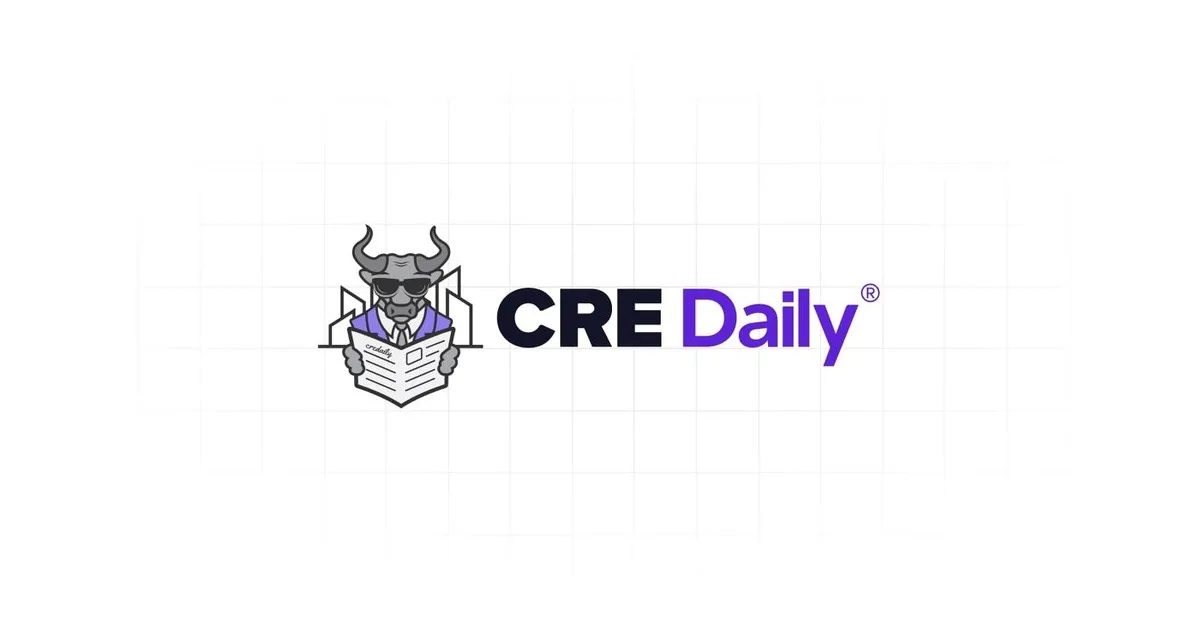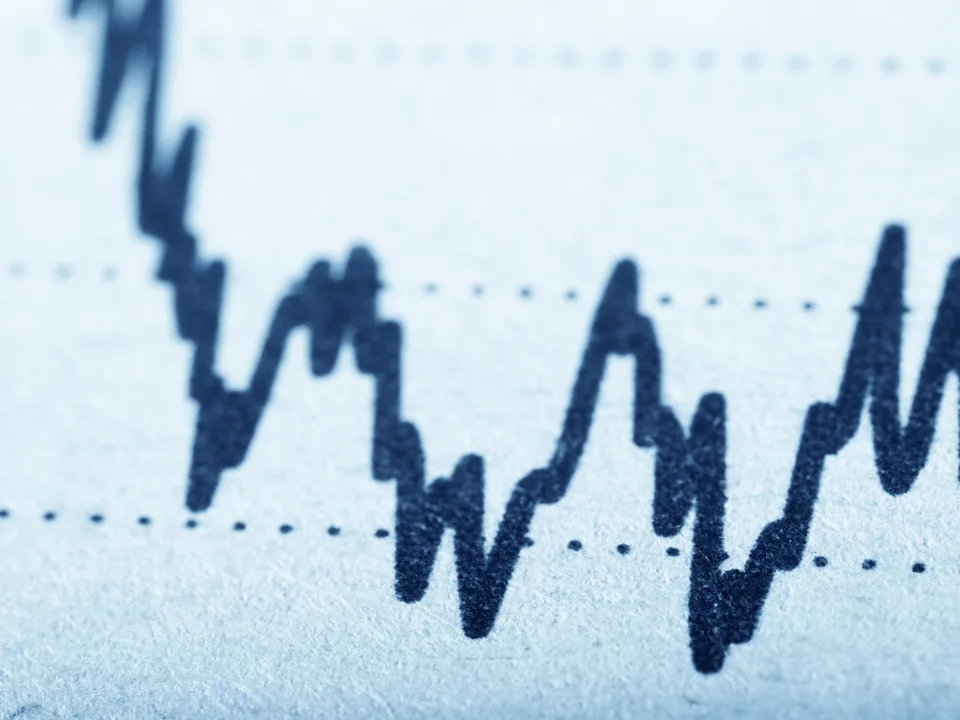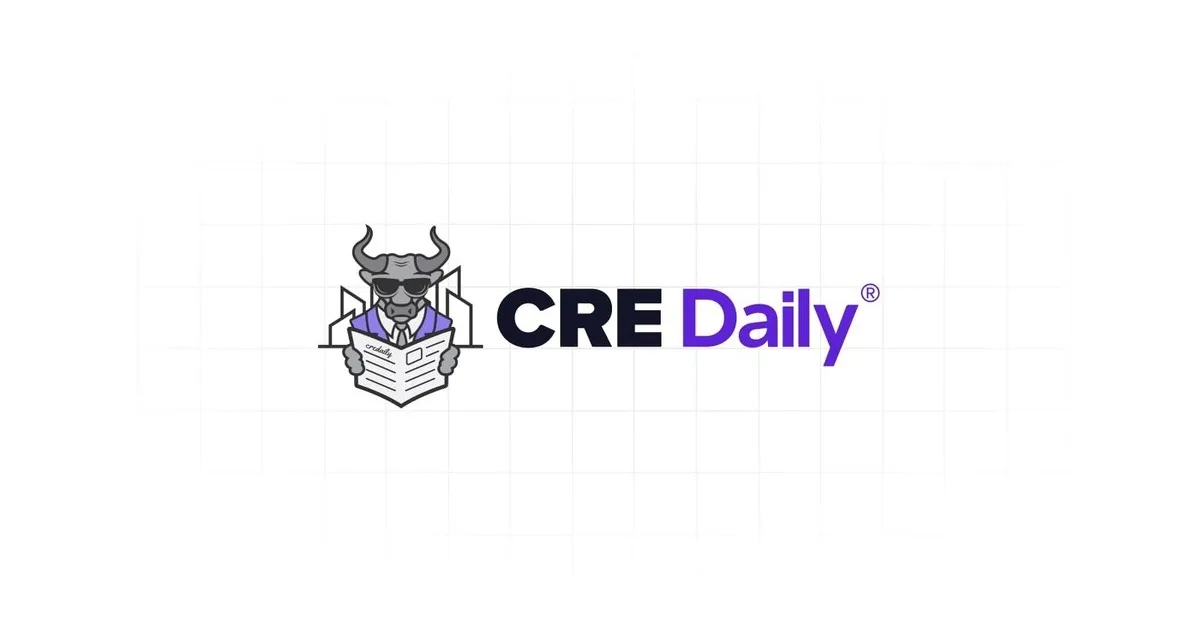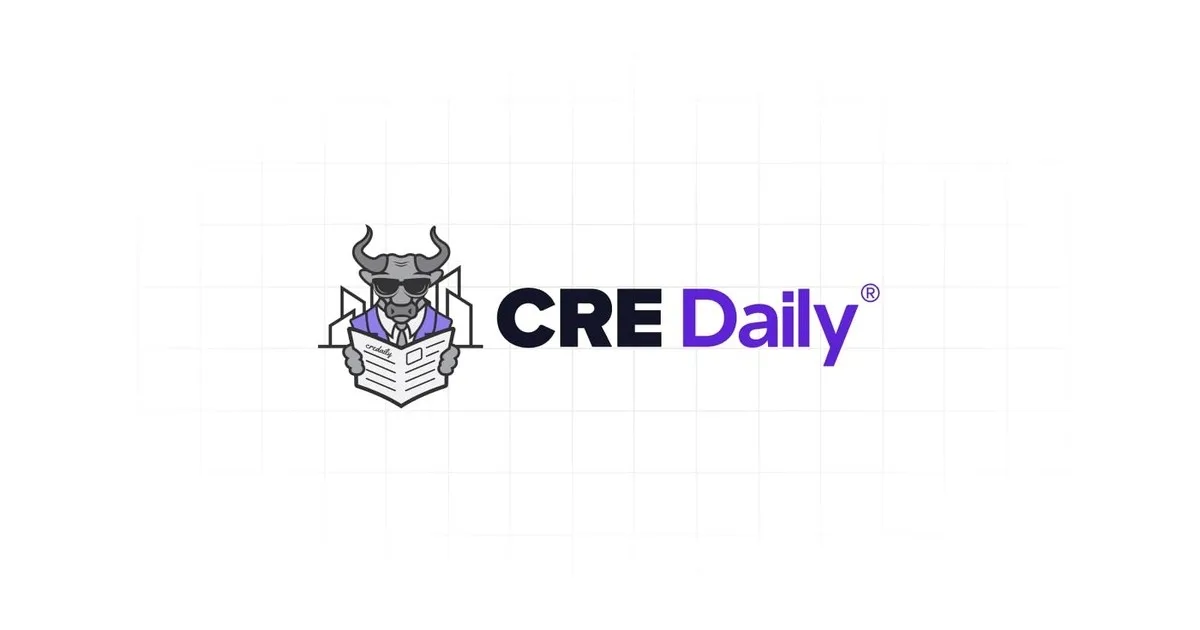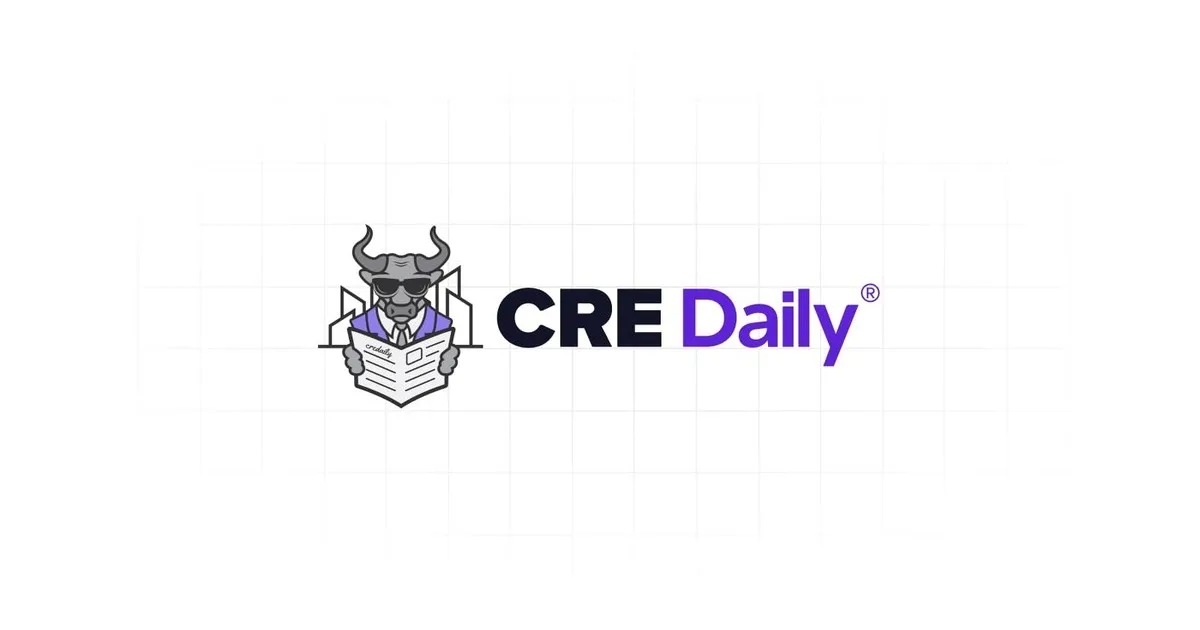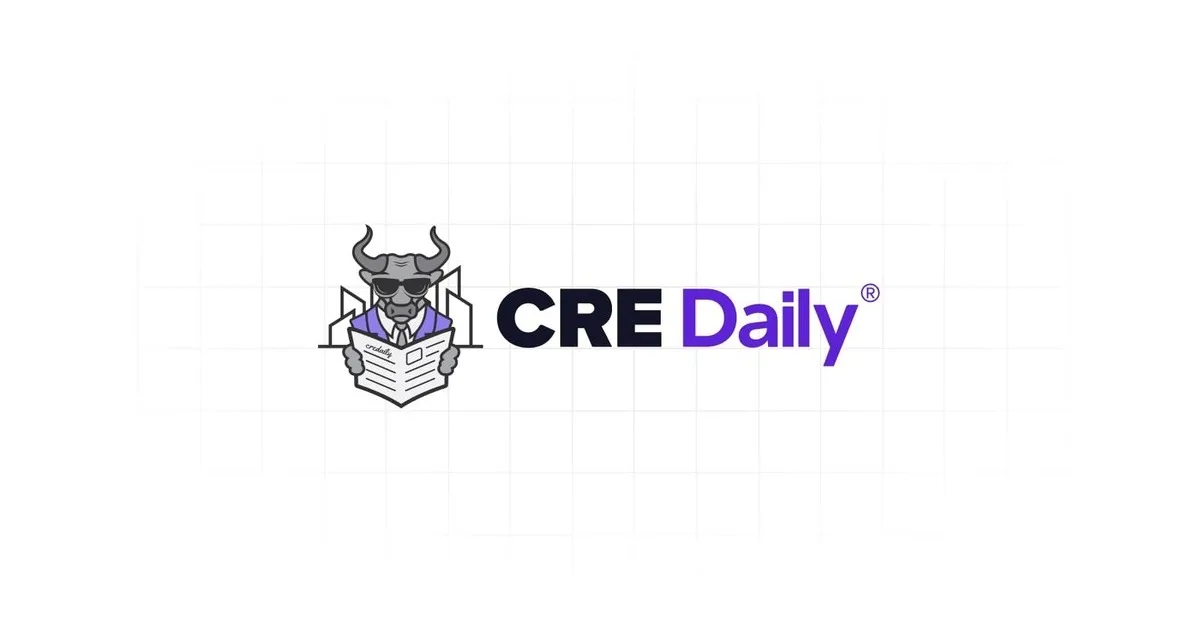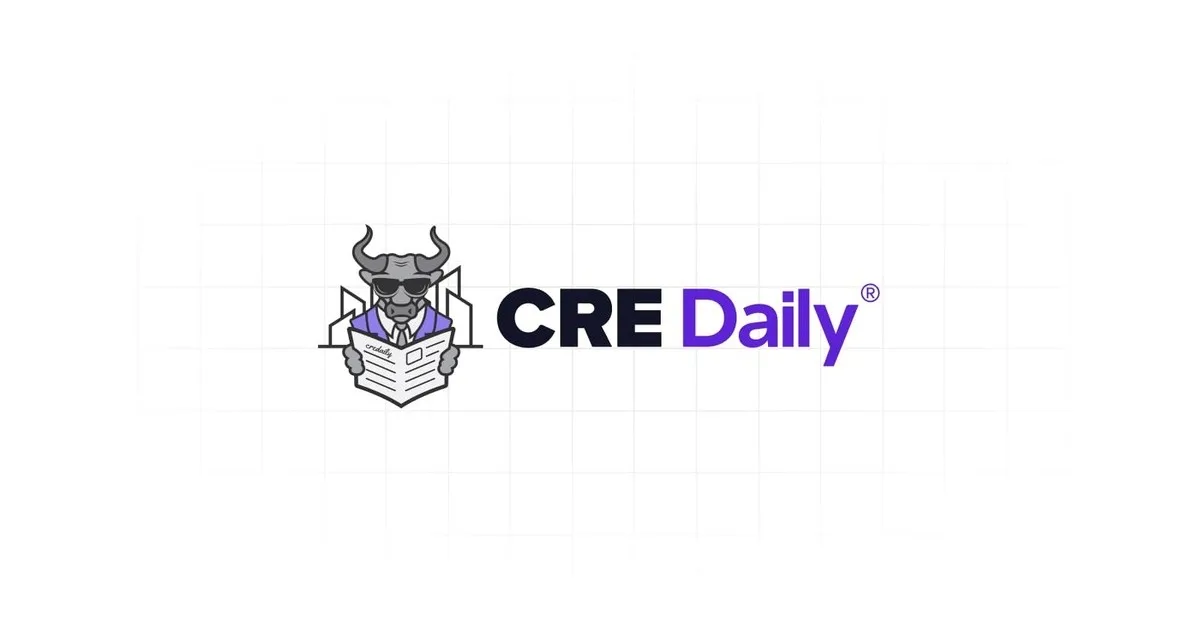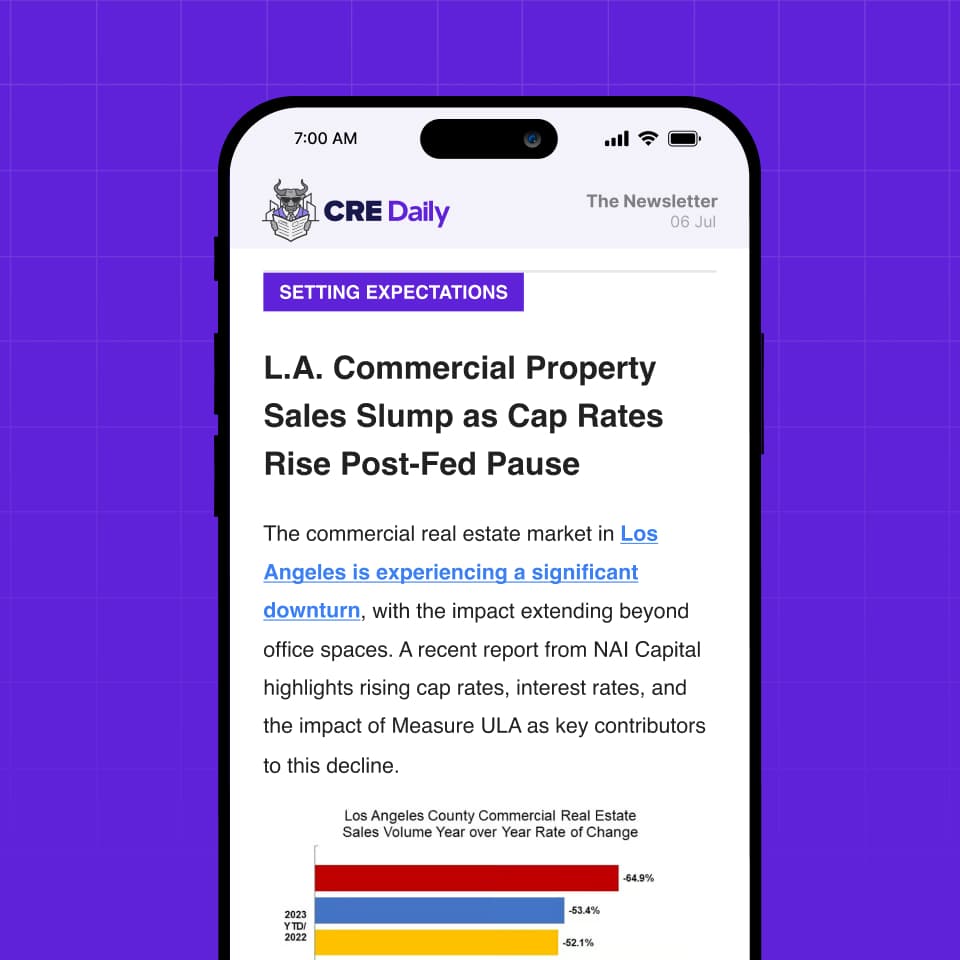- Federal Reserve Governor Michelle Bowman signaled that interest rates will remain steady until inflation data shows continued improvement.
- While inflation is expected to slow in 2025, core goods price inflation remains a concern, delaying potential rate cuts.
- The Fed maintained its target rate at 4.25% to 4.5% in January, and amid policy uncertainty, traders now expect just one rate cut this year.
- President Donald Trump’s tariffs on major trading partners have raised concerns about higher prices, potentially complicating the Fed’s rate decisions.
Federal Reserve Governor Michelle Bowman said on Monday that she wants to see further progress in lowering inflation before cutting interest rates. She also cautioned that disinflation may take longer than expected, per CNBC.
Cautious Rate Cuts
Bowman emphasized that while monetary policy is currently in a “good place,” she wants greater confidence that inflation is on a sustained downward path before triggering more interest rate cuts.
“I would like to gain greater confidence that progress in lowering inflation will continue as we consider making further adjustments to the target range,” Bowman said at the American Bankers Association conference.
Her remarks come after January’s consumer price index (CPI) showed inflation rising 0.5% MoM, higher than the 0.3% spike economists expected. This pushed the annual inflation rate to 3%, slightly above the forecasted 2.9%.
Get Smarter about what matters in CRE
Stay ahead of trends in commercial real estate with CRE Daily – the free newsletter delivering everything you need to start your day in just 5-minutes
Longer Than Expected
Bowman acknowledged inflation is likely to continue declining in 2025, but she warned the process “may take longer than we would hope.” Rising core goods inflation since last spring has been a sticking point in the Fed’s effort to bring price growth down to its 2% target.
“I continue to see greater risks to price stability, especially while the labor market remains strong,” Bowman said, signaling that the Fed prioritizes inflation control over immediate economic stimulus.
At its January policy meeting, the Fed held its benchmark rate steady at 4.25% to 4.5%, reinforcing its patient stance on monetary policy. Bowman reiterated that this level gives policymakers time to evaluate economic data before making adjustments.
Another Layer of Uncertainty
Economic uncertainty has also been fueled by President Donald Trump’s new tariffs on major US trading partners, which some economists warn could increase costs for consumers and businesses.
Trade restrictions could raise prices, further complicating the Fed’s decision on when to cut rates. According to CME Group data, market expectations for multiple rate cuts in 2025 have weakened.
Indeed, traders are now pricing in just one 0.25% reduction this year.
What’s Next?
With inflation still running above target and economic policies evolving, the Federal Reserve appears in no rush to cut rates.
Inflation data and economic indicators over the next few months will likely determine whether the central bank is confident enough to begin easing monetary policy later this year.

